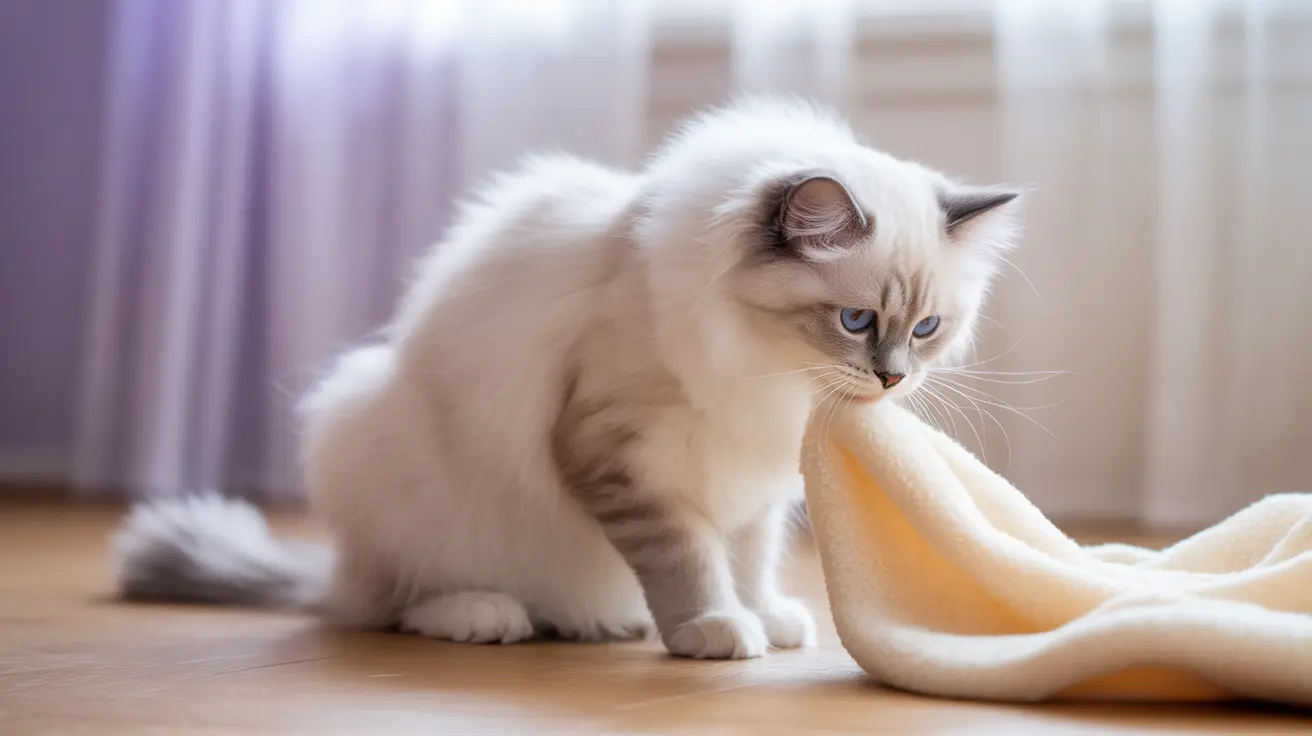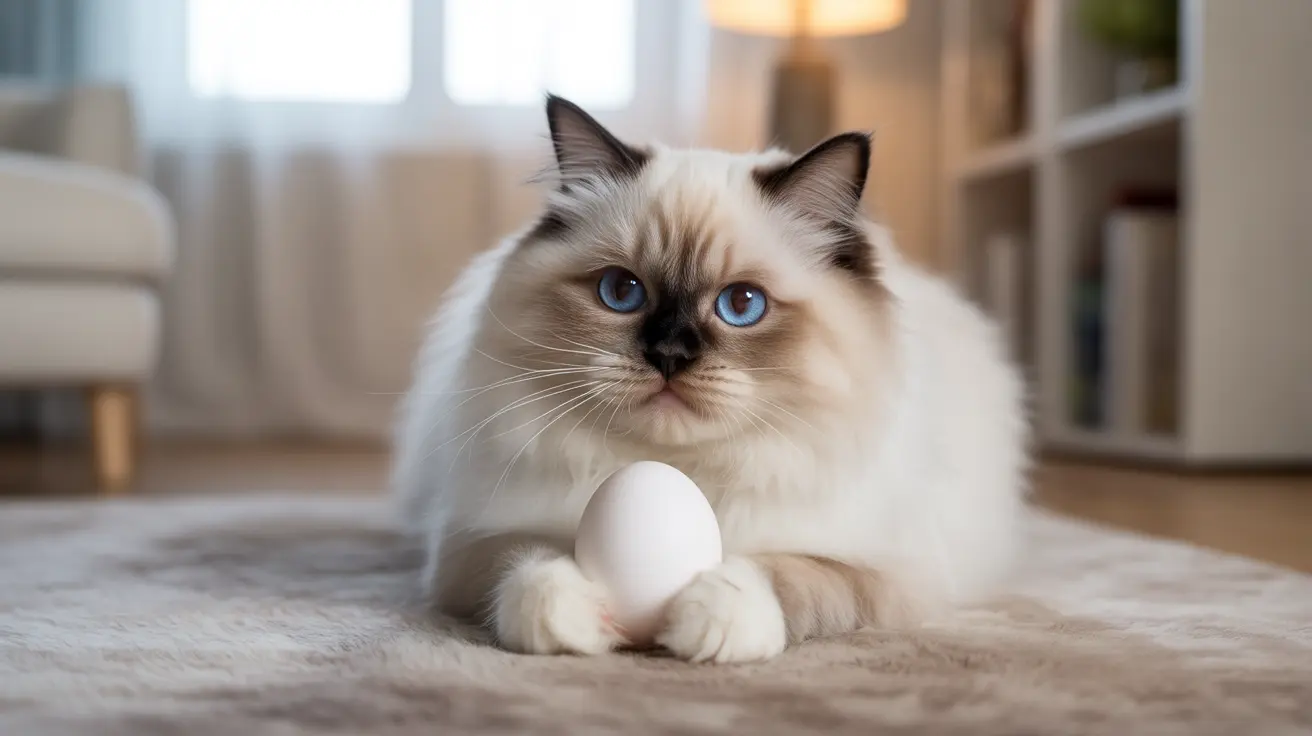Understanding How Your Cat Communicates With You
Living with a cat is a unique and rewarding experience—especially when you begin to understand its subtle and fascinating communication style. While cats may seem mysterious or aloof, they have a sophisticated set of tools they use to communicate with humans. Recognizing and interpreting these signals can help enhance your bond and ensure your cat’s needs are met.
1. Vocalizations
- Meowing: Unlike many wild counterparts, domestic cats typically meow to communicate with humans, not other cats. Each meow's tone, frequency, and intensity can indicate different needs, such as hunger, affection, or distress.
- Purring: Often associated with contentment, purring can also be a self-soothing behavior when a cat is in pain, anxious, or even ill.
- Chirping and Trilling: Cats may emit these high-pitched sounds when watching birds or as a greeting, often signaling excitement or affection.
- Hissing and Growling: These are clear signs of fear, discomfort, or aggression and should be respected as a warning.
2. Body Language
Much of feline communication is non-verbal. Observing your cat’s posture, tail position, ears, and eyes can offer deep insights into their emotional state.
- Ears: Forward-facing ears suggest curiosity; flattened ears indicate fear or aggression.
- Tail: A tail held high usually signals confidence or friendliness; a swishing or puffed tail may suggest agitation or fear.
- Whiskers: Forward-facing whiskers indicate interest, while pulled-back whiskers mean the cat is feeling threatened or scared.
- Eyes: Slow blinking is a sign of affection and trust. Dilated pupils may indicate excitement or fear.
3. Physical Touch and Proximity
- Head Butting (Bunting): A gesture of affection and marking you with their scent.
- Rubbing Against You: A form of bonding and also a way of marking territory. Cats have scent glands around their cheeks and flanks.
- Kneading: A leftover behavior from kittenhood, kneading often signals contentment and comfort.
4. Behavioral Cues
- Bringing You Gifts: Cats may present you with items, like a toy or, in outdoor cats, prey. This form of communication may be offering praise or care.
- Scratching: Besides sharpening claws, scratching serves as a territorial marker and emotional release.
- Litter Box Habits: Any sudden change could signal stress, illness, or dissatisfaction with litter box cleanliness or placement.
5. Facial Expressions
Though subtle, cat facial expressions convey mood and intent. Close observation of eye dilation, blinking, and jaw tension can inform you about how your cat feels.
6. Context and Consistency
It’s crucial to consider context when interpreting behavior. A tail flick in one situation might mean playfulness, but in another, it could indicate irritation. Over time, you’ll recognize your cat’s habits and emotional baseline, allowing you to spot deviations more easily.
7. Communication Is a Two-Way Street
Building communication with your cat involves responsiveness and patience. When you positively respond to their signals—like feeding them after a specific meow—they learn associations. Similarly, speaking in calm, soft tones and making slow eye contact can signal friendliness and trust.
Tips to Improve Communication with Your Cat
- Spend quality time: Interaction increases familiarity and deepens your connection.
- Respect their space: Let your cat initiate interaction when they desire attention.
- Use your voice: Cats recognize vocal tone and pitch, and often respond to familiar words.
- Observe daily behavior: This helps identify what’s normal for your cat and recognize signs of stress or illness early.
- Maintain routines: Cats thrive on predictable environments and schedules.
In conclusion, cats are incredibly expressive creatures when you learn their language. By paying attention to their body language, vocalizations, and behavior, you can understand their messages, build trust, and ensure a happy, healthy relationship.





